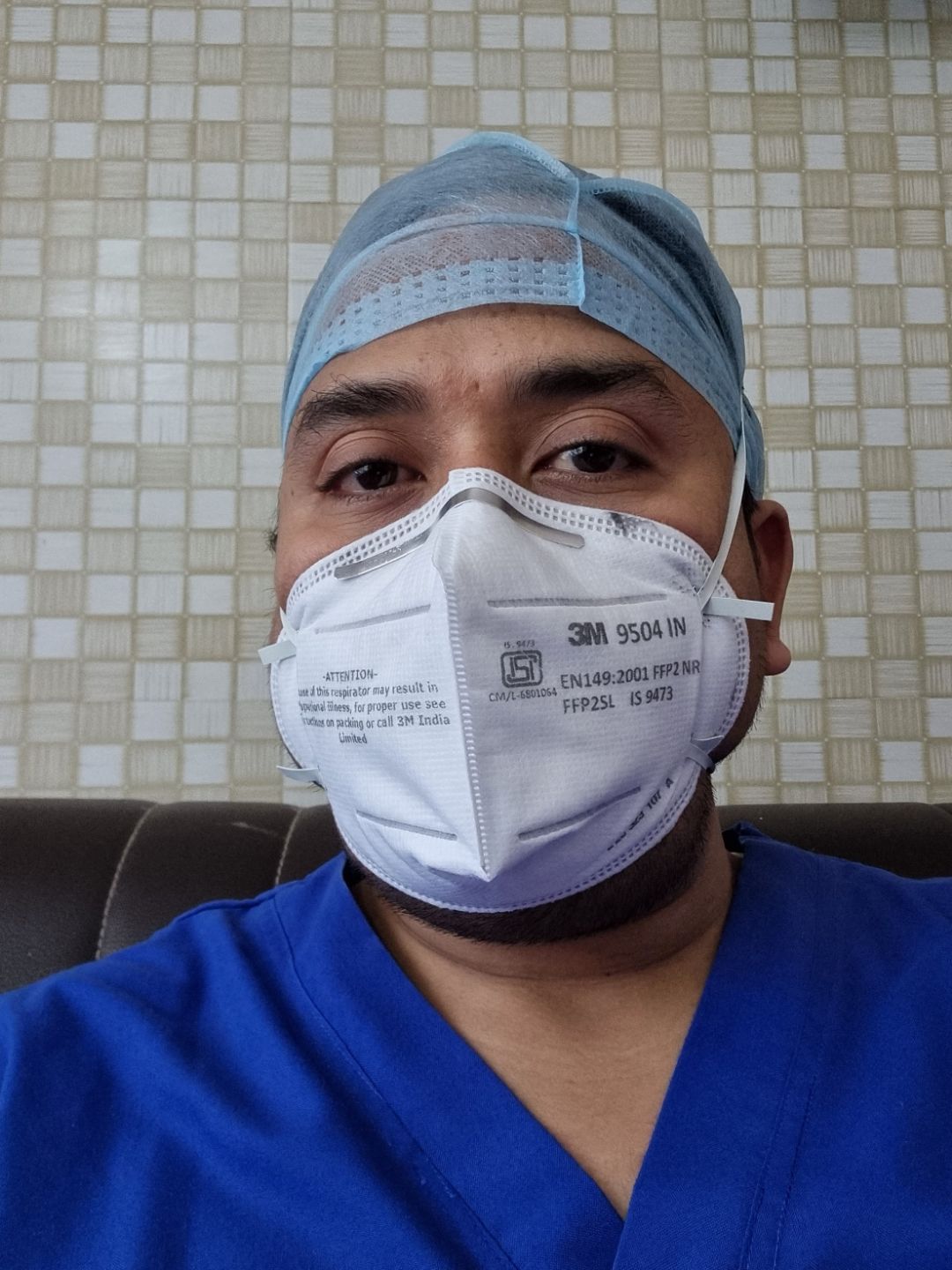Get the App
For Doctors
Login/Sign-up
About
Health Feed
Find Doctors
Health Packages
AllQ&AsTipsQuizzes
Kidney Transplant Health Feed
Health Query
Share
Bookmark
Report
Really there is no clear answer to this. Depends on the person to person. Usually after a kidney transplant, the person is kept on immunosuppressive therapy. That means he or she is get on. That prevent body's immune system. So it is not advisable to run for a long period of time or to do any exercise that stretches your bodily limits. However, normal running can be resumed after six months to one year. Again, it depends on person to person basis and only your nephrologist can tell you exactly.
12 people found this helpful
Asked for male, 25 years old from Hyderabad
Share
Bookmark
Report
Asked for male, 31 years old from Karnal
Share
Bookmark
Report
I am sorry to hear about your concern but will be happy to assist you.
The involvement of both general surgery and urology-trained surgeons is approximately equivalent for each of the specific renal transplant procedures. Specifically, for the recipient surgery, general surgery was primarily involved in 53.4% of these procedures.
Let's connect over a call so that we can discuss your concern in details and make a suitable treatment plan for you.
The involvement of both general surgery and urology-trained surgeons is approximately equivalent for each of the specific renal transplant procedures. Specifically, for the recipient surgery, general surgery was primarily involved in 53.4% of these procedures.
Let's connect over a call so that we can discuss your concern in details and make a suitable treatment plan for you.
47 people found this helpful
Asked for male, 22 years old from Gurgaon
Share
Bookmark
Report
I am sorry to hear about your concern but will be happy to assist you.
If the urine protein–creatinine ratio is ≥0.28, the patient most likely has significant proteinuria. If the urine protein–creatinine ratio is between 0.15 and 0.27, this is an indeterminate result and further evaluation with a 24-h urine collection is warranted.
Let's connect over a call so that we can discuss your concern in details and make a suitable treatment plan for you.
If the urine protein–creatinine ratio is ≥0.28, the patient most likely has significant proteinuria. If the urine protein–creatinine ratio is between 0.15 and 0.27, this is an indeterminate result and further evaluation with a 24-h urine collection is warranted.
Let's connect over a call so that we can discuss your concern in details and make a suitable treatment plan for you.
30 people found this helpful
Asked for male, 22 years old from Karnal
Share
Bookmark
Report
I am sorry to hear about your concern but will be happy to assist you.
If the urine protein–creatinine ratio is ≥0.28, the patient most likely has significant proteinuria. If the urine protein–creatinine ratio is between 0.15 and 0.27, this is an indeterminate result and further evaluation with a 24-h urine collection is warranted.
Let's connect over a call so that we can discuss your concern in details and make a suitable treatment plan for you.
If the urine protein–creatinine ratio is ≥0.28, the patient most likely has significant proteinuria. If the urine protein–creatinine ratio is between 0.15 and 0.27, this is an indeterminate result and further evaluation with a 24-h urine collection is warranted.
Let's connect over a call so that we can discuss your concern in details and make a suitable treatment plan for you.
23 people found this helpful
Health Query
Share
Bookmark
Report
Creatinine depends on many factors. Cyclosporine levels and everolimus levels n3ed to be maintained in a specific range to avoid rejection and to avoid side effects too. Just wait for some time for better understanding of how your kidney responds to the medicines. Be in touch with a nephrologist to ensure good long term kidney graft function.
Asked for male, 30 years old from Rohtas
Share
Bookmark
Report
I am sorry to hear about your concern but will be happy to assist you.
Acute kidney failure can be fatal and requires intensive treatment. However, acute kidney failure may be reversible. If you're otherwise in good health, you may recover normal or nearly normal kidney function.
Let's connect over a call so that we can discuss your concern in details and make a suitable treatment plan for you.
Acute kidney failure can be fatal and requires intensive treatment. However, acute kidney failure may be reversible. If you're otherwise in good health, you may recover normal or nearly normal kidney function.
Let's connect over a call so that we can discuss your concern in details and make a suitable treatment plan for you.
4 people found this helpful
Asked for male, 37 years old from Mumbai
Share
Bookmark
Report
Nephrologist•Dehradun
Asked for male, 37 years old from Mumbai
Share
Bookmark
Report
MBBS, MD - General Medicine, DM - Nephro...read more
Nephrologist•Vijayawada
Asked for male, 37 years old from Mumbai
Share
Bookmark
Report
I am sorry to hear about your concern but will be happy to assist you.
Fertility (the ability to conceive a child) tends to increase in both men and women after a transplant. A woman who has had a successful transplant is likely to have regular menstrual periods and good general health.
Let's connect over a call so that we can discuss your concern in details and make a suitable treatment plan for you.
Fertility (the ability to conceive a child) tends to increase in both men and women after a transplant. A woman who has had a successful transplant is likely to have regular menstrual periods and good general health.
Let's connect over a call so that we can discuss your concern in details and make a suitable treatment plan for you.
22 people found this helpful
Book appointment with top doctors for Kidney Transplant treatment
View fees, clinic timings and reviews
Ask a free question
Get FREE multiple opinions from Doctors
posted anonymously










